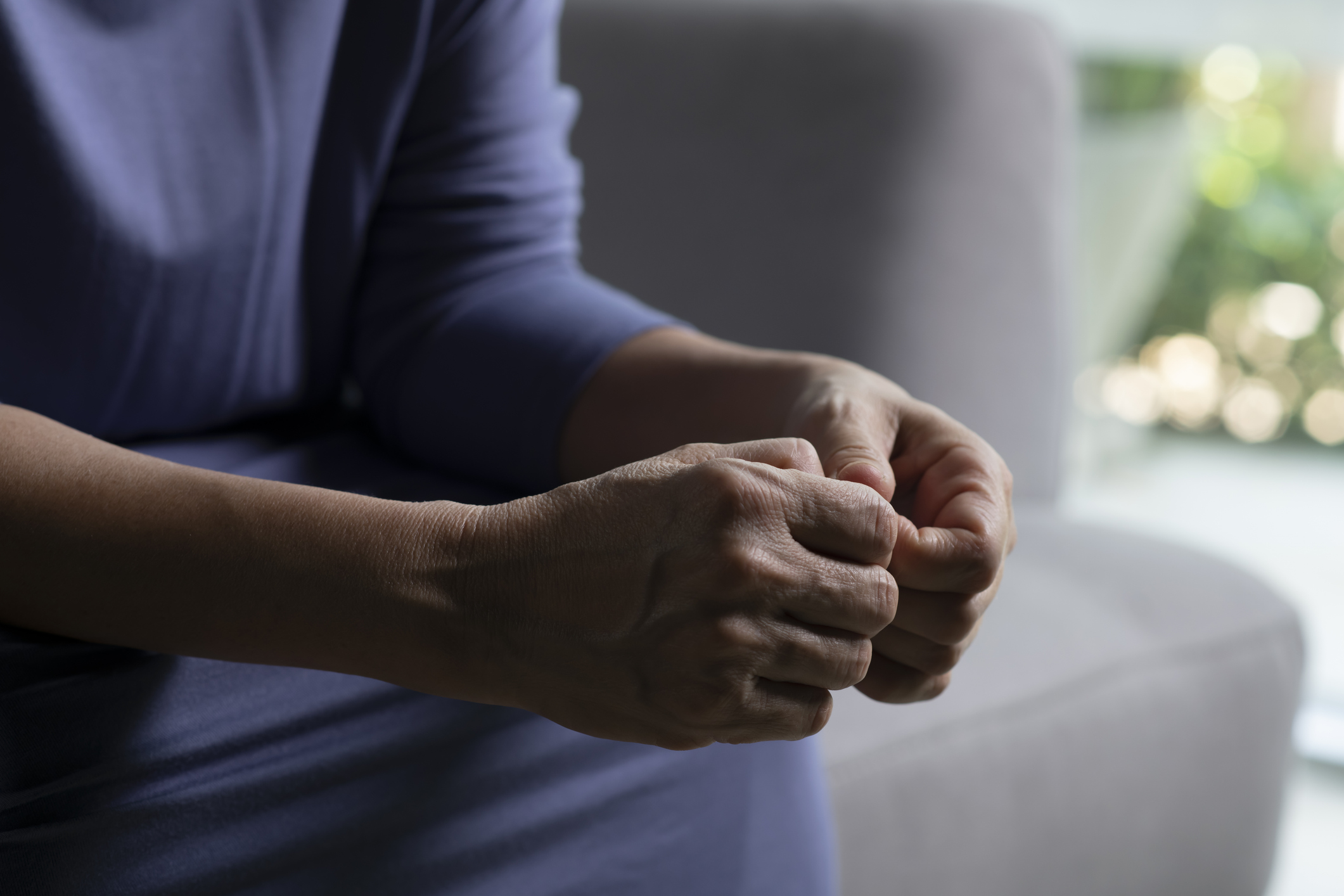Firearm Suicides Are Increasing Among Older Women at an Alarming Rate.

Firearm Suicides Are Increasing Among Older Women at an Alarming Rate
While firearm suicides are higher among older men than older women, a new study found that this method of suicide is rising sharply among women 65 and older, underscoring the need for increased mental health support for older populations.
While firearm suicides are higher among older men than older women, a new study found that this method of suicide is rising sharply among women 65 and older, underscoring the need for increased mental health support for older populations.
Older men are 13 times more likely to die by firearm suicide than women, but a new study by the School of Public Health and the University of California, Los Angeles Luskin School of Public Affairs has found that suicides by gun are increasing rapidly among older women.
Firearms were involved in nearly 40 percent of suicides among older women from 2014-2023, up from 34.9 percent in 2014, according to the study in JAMA Network Open. Women represent nearly half of all new gun owners in the United States; as female gun ownership surges across many states, these findings highlight a need to better understand the immediate and long-term consequences of firearm suicides among older women, as well as develop tailored interventions to mitigate firearm suicides among all older adults.
“Based on the most recent decade of federal data on firearm mortality, we found alarmingly high proportions of firearm suicides to all suicides among both older women and older men, and the trend among older women outpaced that of older men,” says study lead and corresponding author Ziming Xuan, professor of community health sciences.
The research team, which also included senior author Mark Kaplan, research professor of social welfare at UCLA Luskin School of Public Affairs, and coauthor William Xuan, a student at Brookline High School in Brookline, Mass., analyzed firearm suicide data among older adults from the Centers for Disease Control and Prevention. The team calculated the ratio of firearm suicides to all suicides, by sex and by state, for each year between January 2014 and December 2023.
More than 90 percent of the 63,599 individuals ages 65 and older who died by firearm suicide in the US during this decade were men. For older women, the proportion of firearm suicides to all suicides increased by approximately five percentage points, to 38.5 percent, reversing a steady decline that had begun in 1991. Even though older men had substantially higher firearm suicide rates than older women, the rates among older men remained relatively stable throughout the study period.
This disparity in firearm suicides between men and women was surprising, says Kaplan, and the findings reflect the unique risks that older gun owners face. Firearm suicide is the leading method of suicide for adults 65 and older, and as the population of older Americans continues to increase, firearm suicide rates may remain high without proper interventions to reverse these trends. A combination of physical, mental, and social factors may influence gun ownership and suicidal ideation among this age group, such as chronic illness and pain, depression, stress, loneliness, financial concerns, and greater access to guns, among other reasons.
“Firearms have become a disturbingly common method of suicide for older adults, both men and women,” Kaplan says. “When firearms are involved, older adults are less likely to survive a suicide attempt, as the chances of rescue in these situations are significantly reduced.”
Notably, the researchers found that the proportion of firearm suicides to all suicides varied substantially by state, with southern states generally encompassing the greatest proportion of suicides by gun. Alabama and Mississippi maintained the highest proportions of firearm suicides for both men (92.7 percent and 91.3 percent, respectively) and women (68.1 percent and 68 percent, respectively).
“States with stricter firearm laws, such as New Jersey, New York, Massachusetts, and California, tended to have fewer firearm-related suicides among older adults,” says Kaplan.
Policies and programs that address the disproportionate rates of depression and other mental health conditions among this population should remain a public health priority, the researchers say. “Healthcare providers should engage older patients experiencing depression or suicidal thoughts by inquiring about their access to firearms,” says Kaplan. “Open discussions regarding firearm safety can be a crucial step in ensuring their well-being.”
The proportion of older adults in the US is expected to grow from 17.3 percent in 2022 to 21.6 percent by 2040, with women accounting for the largest share of this increase. “As older women account for the majority of an aging population in the United States, it is crucial to provide enhanced access to mental health care for older adults, particularly in states with high levels of firearm ownership,” Xuan says.